Do you know the four common misconceptions about pour-over coffee?
Do you know the four common misconceptions about pour-over coffee?
For many beginners who are just starting out, there are countless "pitfalls" in all aspects of pour-over coffee knowledge that await your fall. If you want to brew a delicious cup of coffee, let's together avoid the "knowledge traps"!
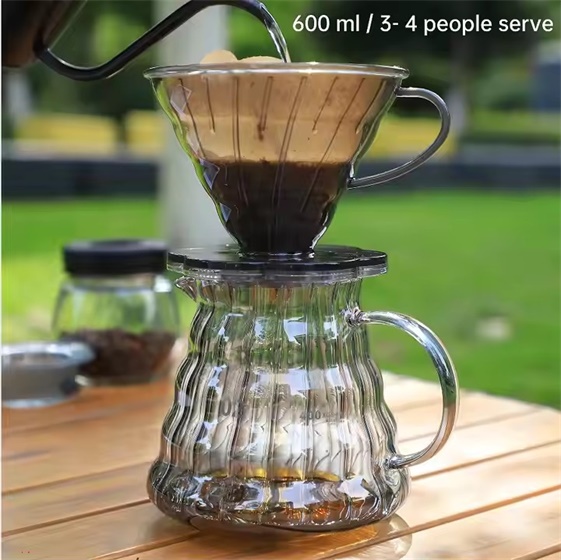
Ⅰ.Is the "steaming for 30 seconds" rule always applicable?
Most beginners who have encountered problems with manual brewing will be taught the concept of "steaming for 30 seconds". This is actually done to make it easier for everyone to learn. In fact, the duration of steaming needs to be comprehensively considered based on the degree of coffee bean roasting and the freshness of the coffee beans. The purpose of steaming is to remove the gas inside the coffee powder. The texture, roasting degree, and freshness of the coffee beans will all affect the gas content in the coffee. That is to say, this formulaic steaming method is not the best approach. So, how can you determine if the steaming is complete? Here is a very simple observation criterion: whether the coffee powder is completely moistened, and the coffee expands and becomes bulging and static (without emitting gas), then it indicates that the steaming is complete and you can continue to pour water. This time is not necessarily 30 seconds; it could be 25 seconds, or 35 seconds.
Ⅱ.Is sour coffee necessarily good coffee?
This topic should be of great interest to everyone. In coffee roasting, the shallower the degree of roasting, the more acidity is retained. Some premium coffee is roasted to a light or light-medium degree to retain more of the regional flavor. Some people think that acidity is a sign of high-quality coffee beans. However, this is not true. The taste of coffee is determined by the characteristics of the beans and the degree of roasting. Some coffee beans can present better flavors when roasted deeply, while some are suitable for light roasting. Therefore, whether the coffee in your hand is sour or not does not indicate the quality of the coffee. Also, there are quality differences in terms of acidity. If the acidity reminds people of high-quality fruits (such as citrus, oranges, berries, etc.), it can be considered high-quality acidity. If the acidity reminds people of oxidized and spoiled flavors, it can be considered poor acidity.
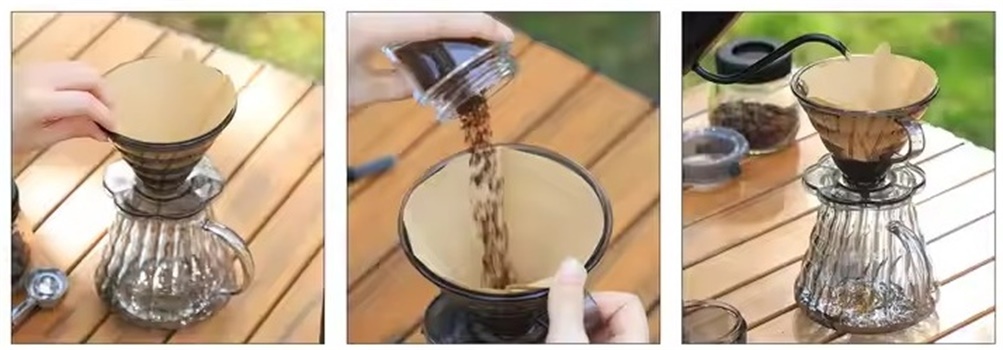
Ⅲ.Is it true that a small stream of water makes the hand-brewed coffee taste better?
Some friends are very cautious during the brewing process, fearing that a single tremor of the hand might cause a "waterfall" to enter the filter cup. Throughout the entire brewing process, they are also very careful. In fact, a small stream of water is indeed suitable for beginners to achieve stable production. Like the tip of a chopstick, it is of a fine and vertical stable water injection, which is also a safe brewing method. However, if they are too cautious, the water flow impact is too small, which can easily cause the powder layer to accumulate at the bottom and prevent the powder layer from being fully stirred. If the water injection time is too long, the result is often that the flavor is overly concentrated, or even over-extracted. In recent years, some experienced players prefer a slightly larger water flow, raising the powder layer quickly and evenly. So, during the brewing process, feel free to try boldly, and gradually learn and advance through professional techniques!
Ⅳ.Is it unnecessary to wet the filter paper when making pour-over coffee?
Some friends think that since the filter paper will eventually get wet anyway, there's no need to soak it in hot water in advance, which is just a waste of effort. In fact, it's not like that. Wetting the filter paper before brewing is to remove the paper smell of the filter paper, so that it can better fit the filter cup. It can also warm the filter cup during the process of wetting the filter paper. Therefore, wetting the filter paper is an indispensable step.
Mastering pour-over coffee is a journey of breaking stereotypes and adapting to reality. The four misconceptions above remind us that there’s no one-size-fits-all “rule” in brewing—what matters most is understanding the essence: observing the coffee’s response, matching the beans’ characteristics, and refining your technique through practice.
So next time you stand over the filter cup, remember: flexibility and observation are your best tools. Brew boldly, learn from each cup, and let your pour-over journey be as rich and nuanced as the coffee itself. Happy brewing!
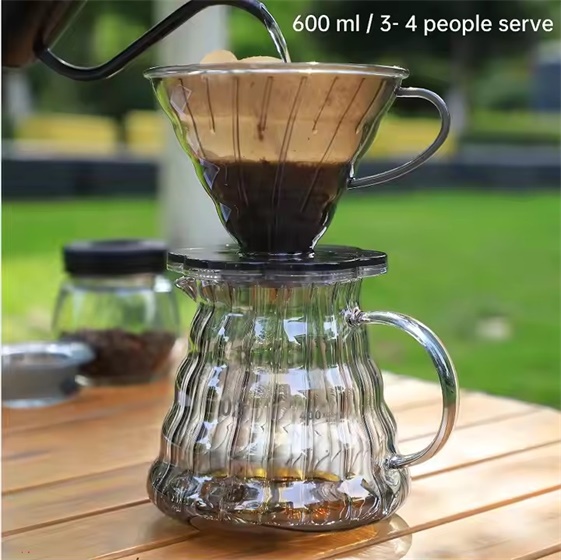 Do you know the four common misconceptions about pour-over coffee?
Do you know the four common misconceptions about pour-over coffee?
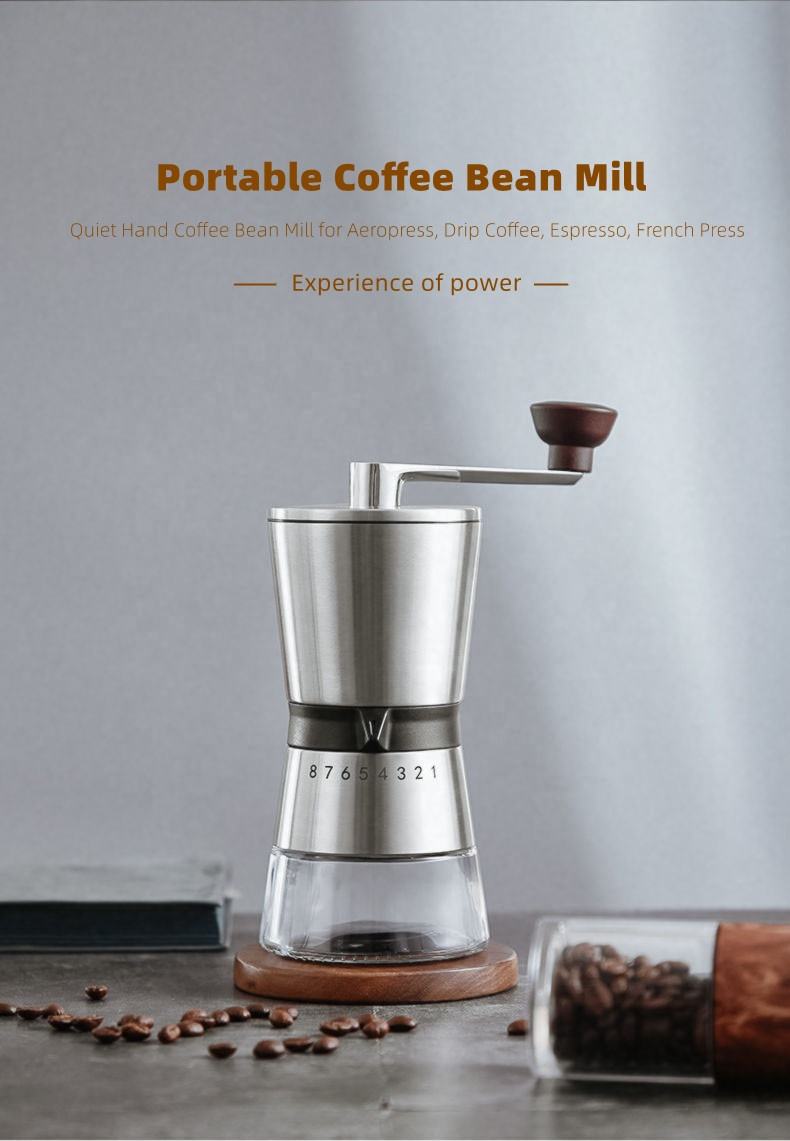 Hand - crank coffee grinder, unlock the ritual sense of hand - ground coffee.
Hand - crank coffee grinder, unlock the ritual sense of hand - ground coffee.
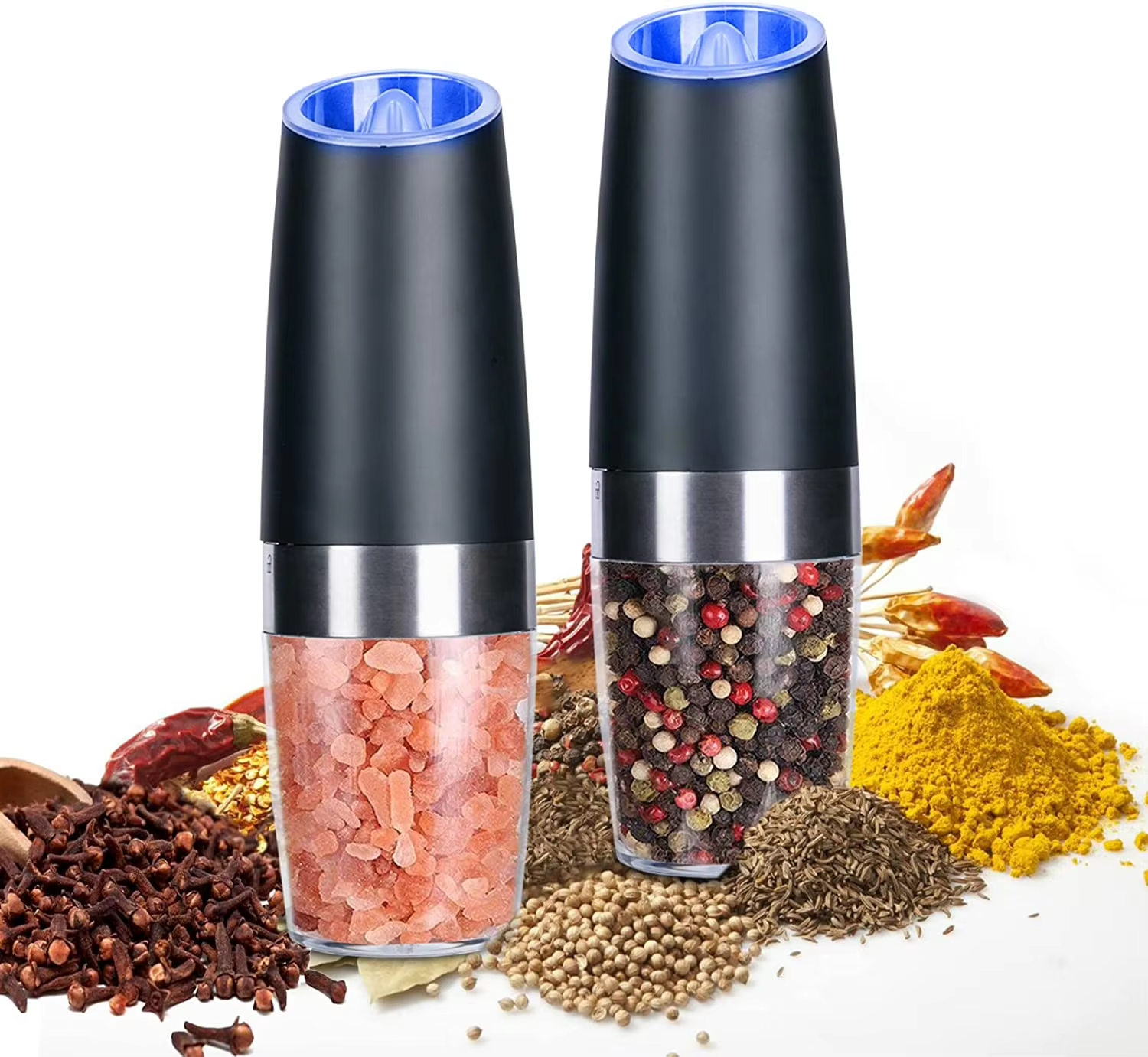 Electric Gravity Salt and Pepper Grinder: Making Cooking More Convenient and Seasoning More Precise
Electric Gravity Salt and Pepper Grinder: Making Cooking More Convenient and Seasoning More Precise
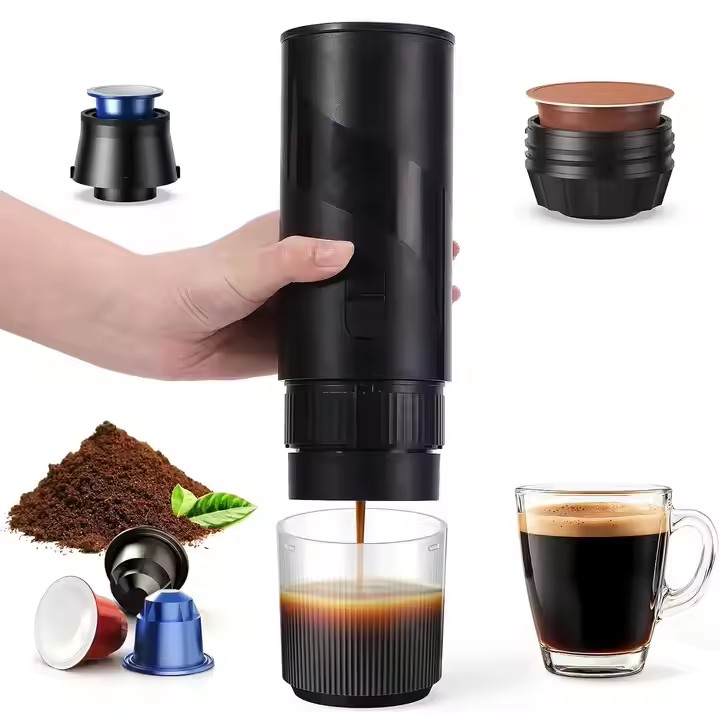 The Ultimate Solution for Lightweight Travel: Self-Heating Capsule Portable Espresso Machine
The Ultimate Solution for Lightweight Travel: Self-Heating Capsule Portable Espresso Machine
